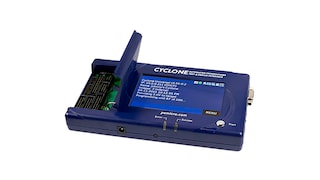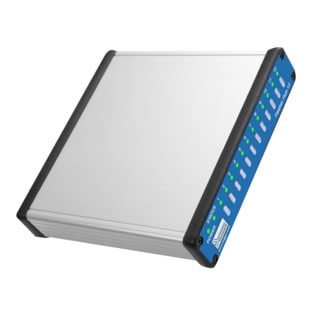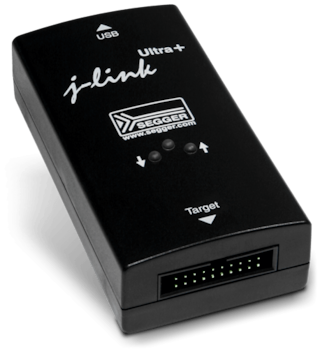Application Note (12)
-
SCTimer/PWM cookbook[AN11538]
Sign in for a personalized NXP experience.
The LPC18S10FBD144 is a Arm Cortex-M3 based microcontroller with security features for embedded applications. The Arm Cortex-M3 is a next generation core that offers system enhancements such as low power consumption, enhanced debug features, and a high level of support block integration.
The LPC18S10FBD144 operates at CPU frequencies of up to 180 MHz. The Arm Cortex-M3 CPU incorporates a 3-stage pipeline and uses a Harvard architecture with separate local instruction and data buses as well as a third bus for peripherals. The Arm Cortex-M3 CPU also includes an internal prefetch unit that supports speculative branching.
The LPC18S10FBD144 includes 136 kB of on-chip SRAM, security features with AES engine, a quad SPI Flash Interface (SPIFI), a State Configurable Timer/PWM (SCTimer/PWM) subsystem, an external memory controller, and multiple digital and analog peripherals.

| | | | | |
|---|---|---|---|---|---|
| | | | | |
| | | | | |
| | | | | |
| | | | | |
| | | | | |
| | | | | |
| | | | | |
| | | | | |
| | | | | |
| | | | | |
LPC18S10FBD144Quick reference to our documentation types.
1-10 of 20 documents
Compact List
There are no results for this selection.
Sign in to access authorized secure files. Learn more about secure access rights.
Please wait while your secure files are loading.
1-10 of 20 documents
Compact List
2 design files
Sign in to access authorized secure files. Learn more about secure access rights.
Please wait while your secure files are loading.
2 design files
1-5 of 6 hardware offerings



Additional hardware available. View our featured partner solutions.



Sign in to access authorized secure files. Learn more about secure access rights.
1-5 of 10 hardware offerings










To find additional partner offerings that support this product, visit our Partner Marketplace.
1-5 of 6 hardware offerings



Additional hardware available. View our featured partner solutions.



Quick reference to our software types.
5 software files
Additional software available. View our featured partner solutions.
Note: For better experience, software downloads are recommended on desktop.
Sign in to access authorized secure files. Learn more about secure access rights.
Please wait while your secure files are loading.
1-5 of 35 software offerings
To find additional partner offerings that support this product, visit our Partner Marketplace.
5 software files
Additional software available. View our featured partner solutions.
Note: For better experience, software downloads are recommended on desktop.
4 engineering services




There are no results for this selection.
There are no results for this selection.
To find additional partner offerings that support this product, visit our Partner Marketplace.
1-5 of 9 trainings
To find additional partner offerings that support this product, visit our Partner Marketplace.
9 trainings
To find additional partner offerings that support this product, visit our Partner Marketplace.
There are no recently viewed products to display.
View or edit your browsing history
Help us improve your experience on our site. We invite you to take our five-question survey.